GPCR/G protein
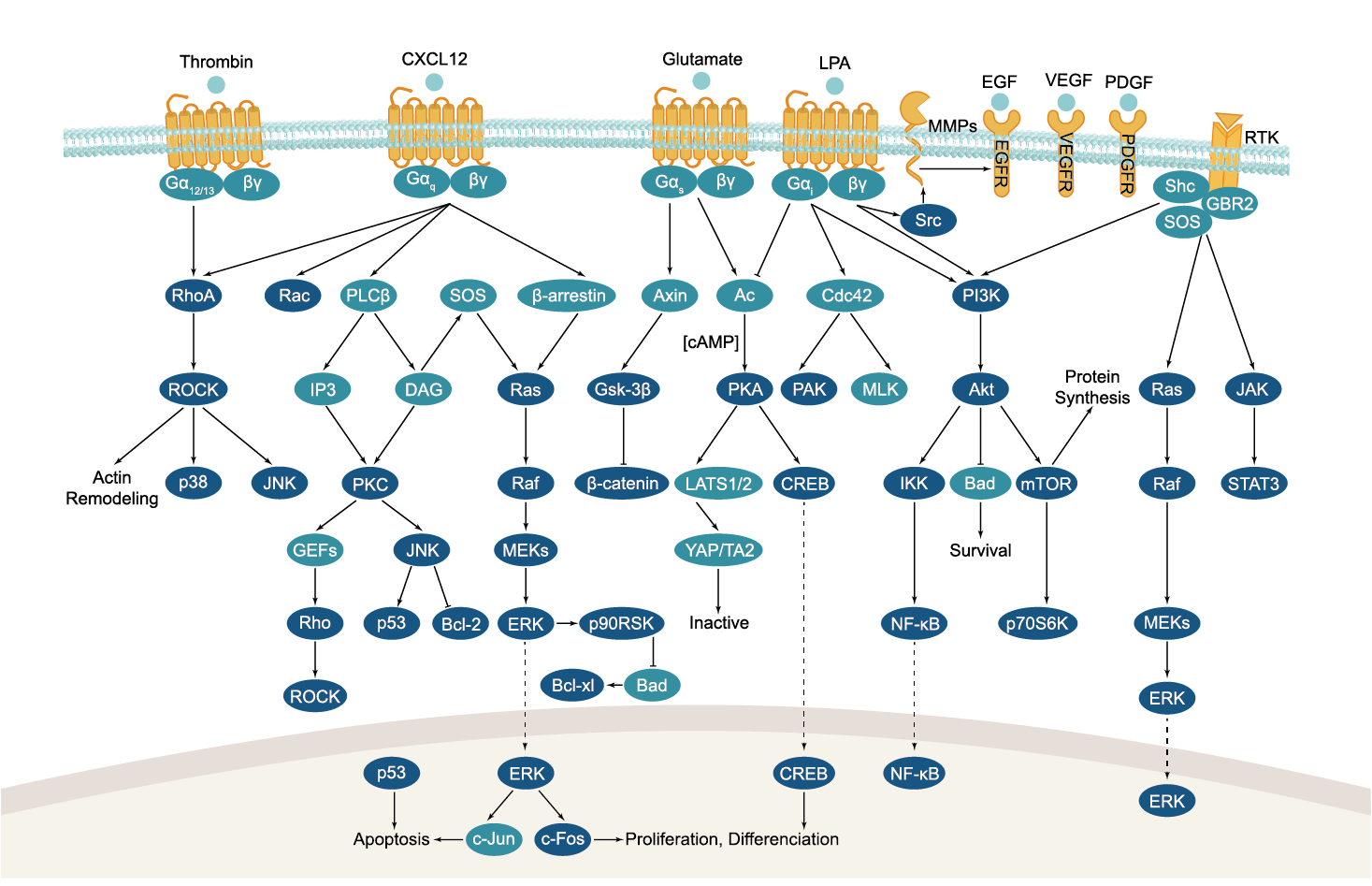
All GPCRs share a common seven trans-membrane structure. GPCRs are associated with heterotrimeric G-proteins which are GTP-binding proteins made of alpha, beta, and gamma subunits. When a ligand binds to GPCR, it activates the attached G-protein, the GDP is replaced with GTP. The activated G-protein then dissociates into an alpha and a beta-gamma complex which activates downstream signaling pathways. These intracellular signaling pathways include cAMP/PKA, calcium/NFAT, phospholipase C, protein tyrosine kinases, MAP kinases, PI-3-kinase, nitric oxide/cGMP, Rho, and JAK/STAT.
GPCRs are one of the most important therapeutic targets for various diseases, over 30% of all modern medicinal drugs target this family. Aberrant GPCR functions are involved in pathological conditions such as neurological, immunological and hormonal disorders. A large number of GPCRs have been identified, but whose ligands are not known, are classified as orphan receptors.
-
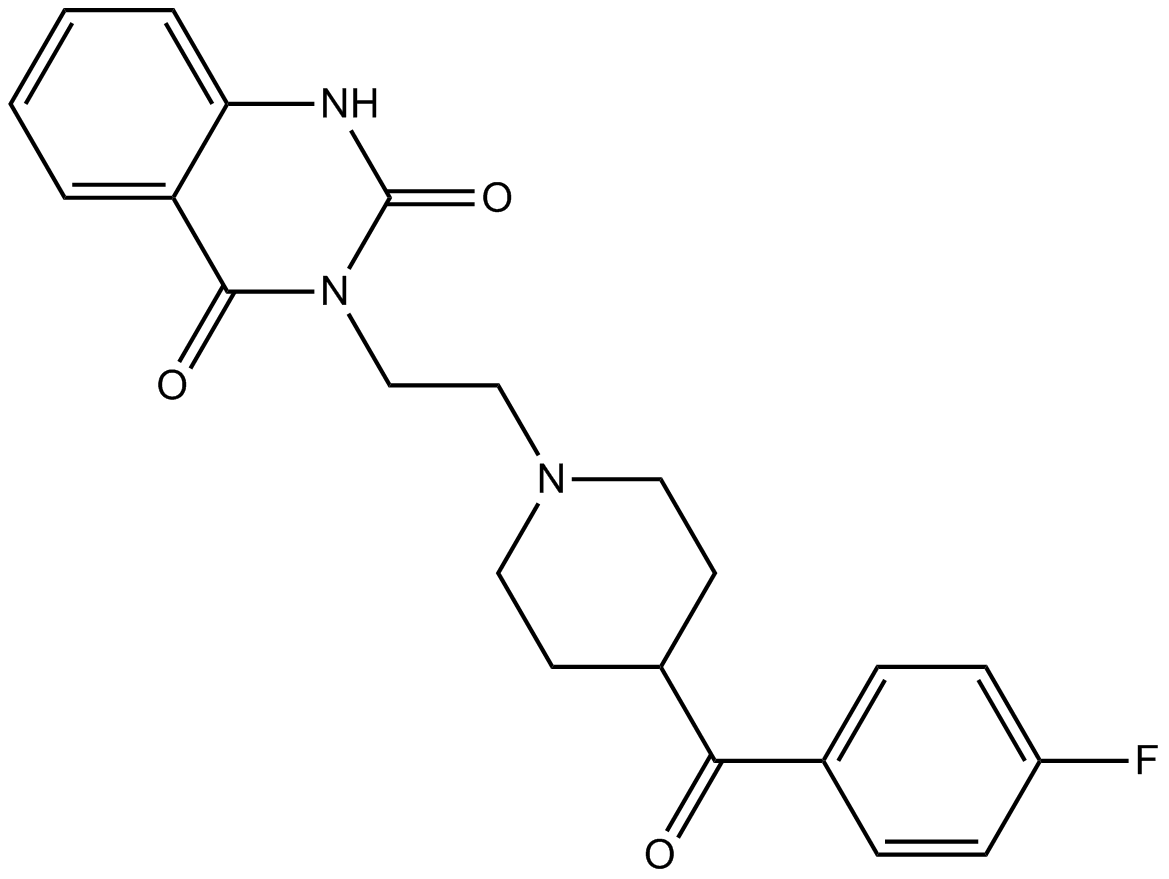 B2248 Ketanserin4 CitationTarget: 5-HT2 ReceptorsSummary: specific 5-HT2A serotonin receptor antagonist
B2248 Ketanserin4 CitationTarget: 5-HT2 ReceptorsSummary: specific 5-HT2A serotonin receptor antagonist -
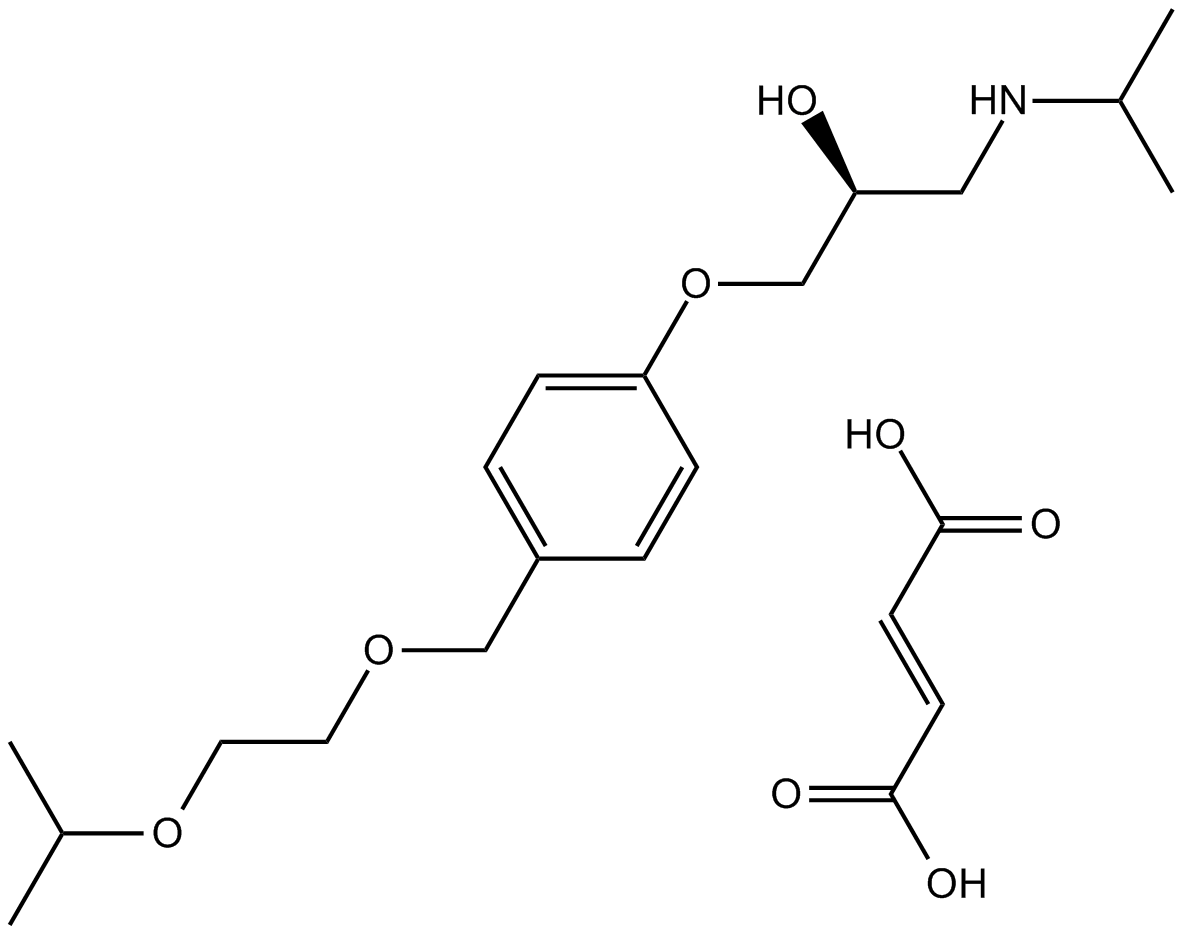 B1354 Bisoprolol fumarateSummary: Selective α-adrenergic blocker
B1354 Bisoprolol fumarateSummary: Selective α-adrenergic blocker -
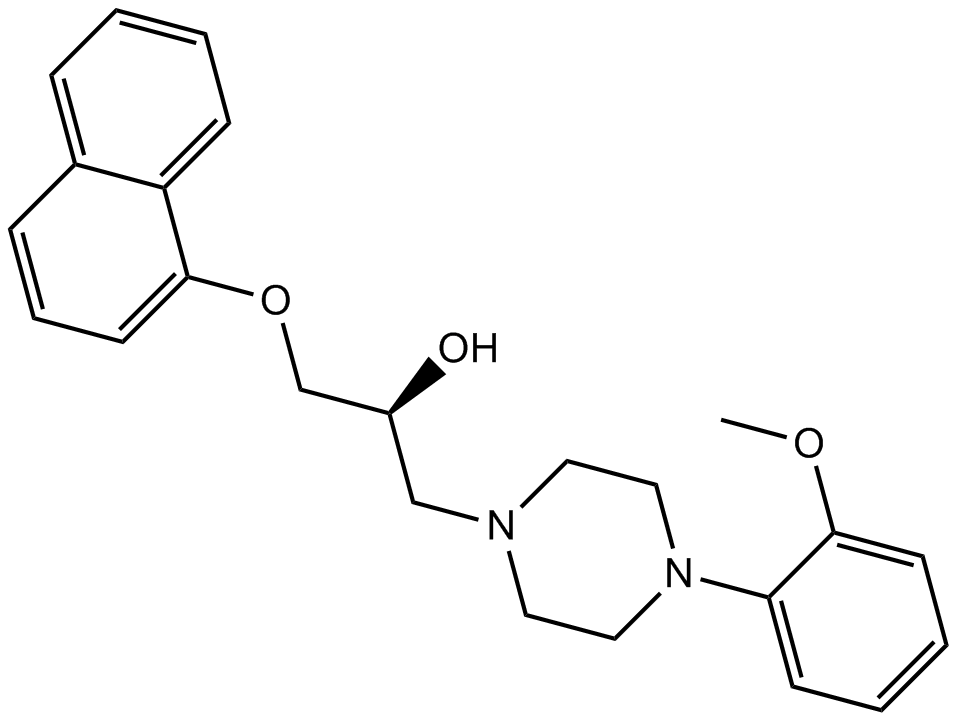 B1362 NaftopidilSummary: α1-adrenergic receptor antagonist
B1362 NaftopidilSummary: α1-adrenergic receptor antagonist -
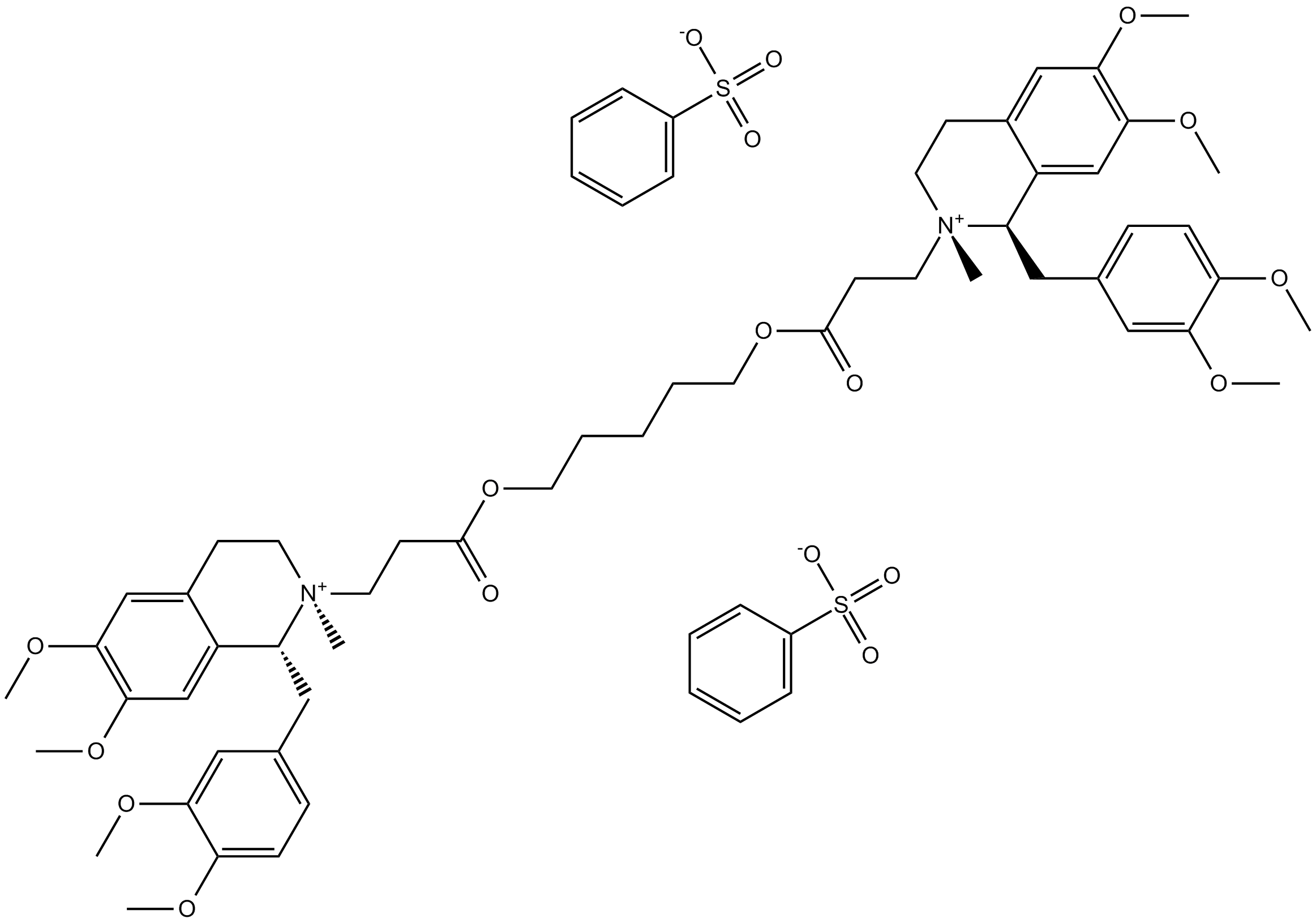 B1355 Cisatracurium BesylateTarget: AcetylcholineSummary: Neuromuscular-blocking drug
B1355 Cisatracurium BesylateTarget: AcetylcholineSummary: Neuromuscular-blocking drug -
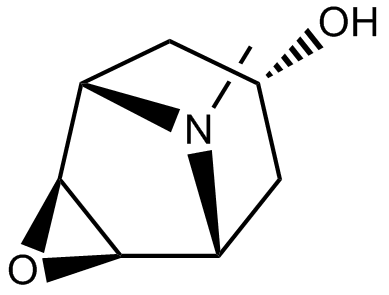 B1364 ScopineSummary: α1-adrenergic receptor agonist
B1364 ScopineSummary: α1-adrenergic receptor agonist -
 B1344 Phenylephrine HClSummary: Selective α1-adrenergic receptor agonist
B1344 Phenylephrine HClSummary: Selective α1-adrenergic receptor agonist -
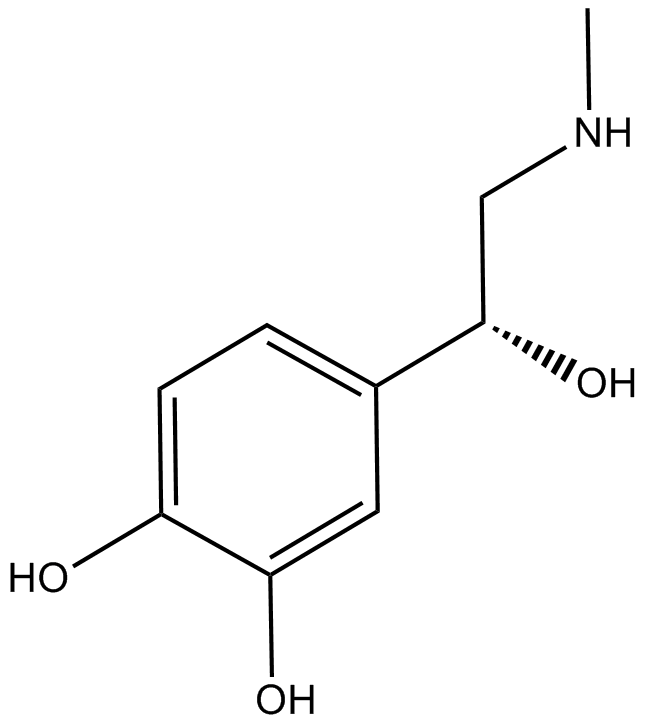 B1326 DL-AdrenalineTarget: Androgen ReceptorsSummary: Adrenergic receptor agonist
B1326 DL-AdrenalineTarget: Androgen ReceptorsSummary: Adrenergic receptor agonist -
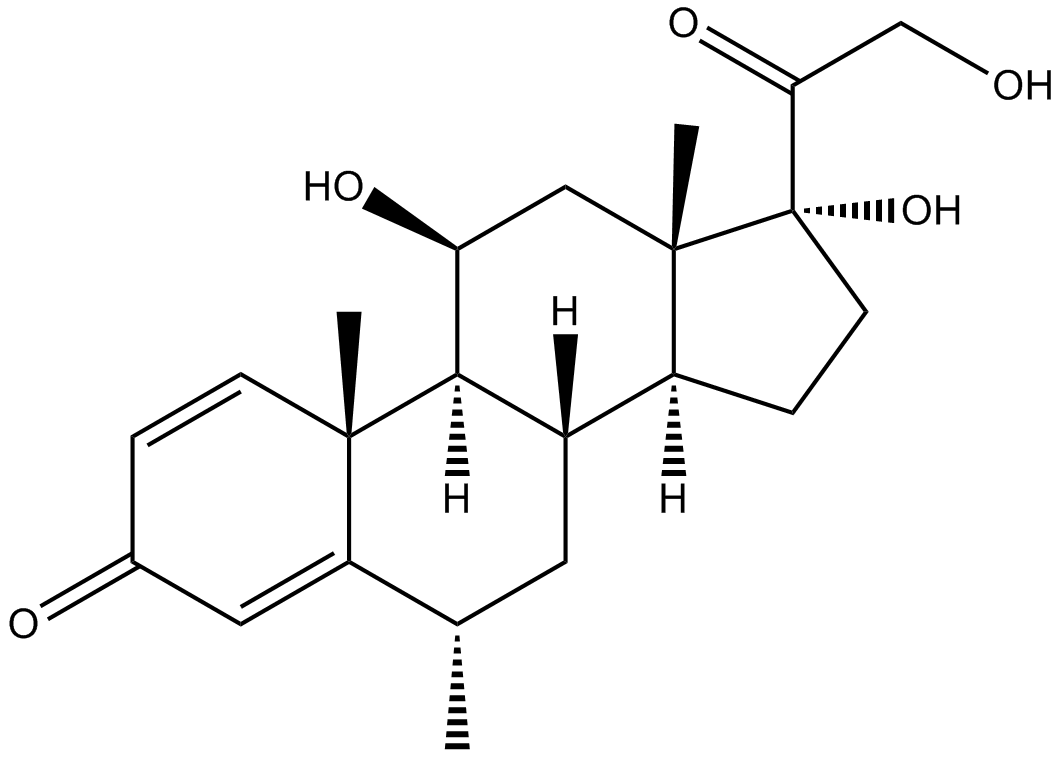 A4233 MethylprednisoloneTarget: Glucocorticoid ReceptorsSummary: Apoptosis inducer,GR agonist
A4233 MethylprednisoloneTarget: Glucocorticoid ReceptorsSummary: Apoptosis inducer,GR agonist -
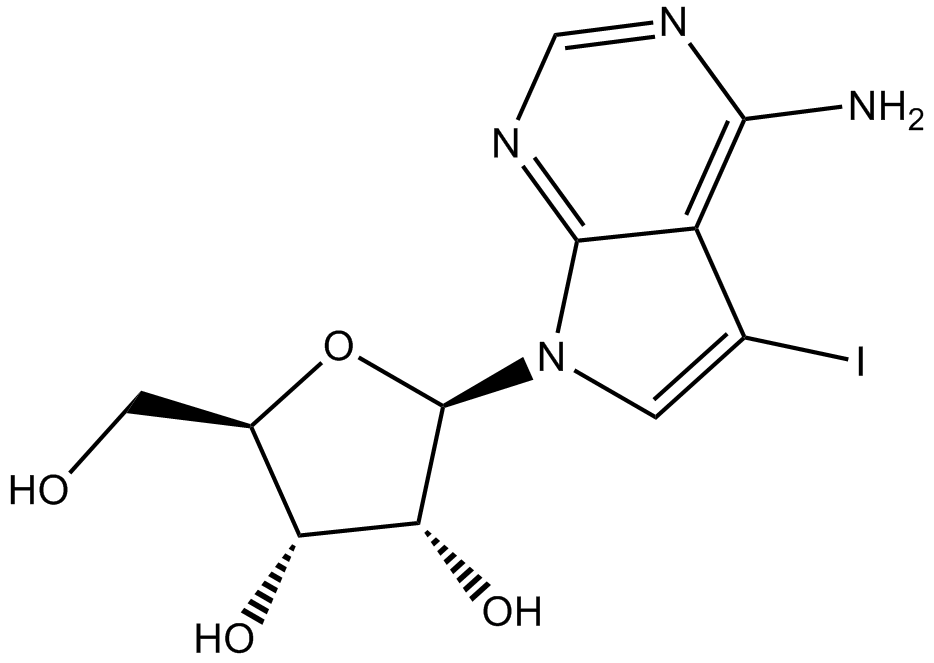 A3125 5-IodotubercidinTarget: Adenosine KinasesSummary: Adenosine kinase inhibitor,potent
A3125 5-IodotubercidinTarget: Adenosine KinasesSummary: Adenosine kinase inhibitor,potent -
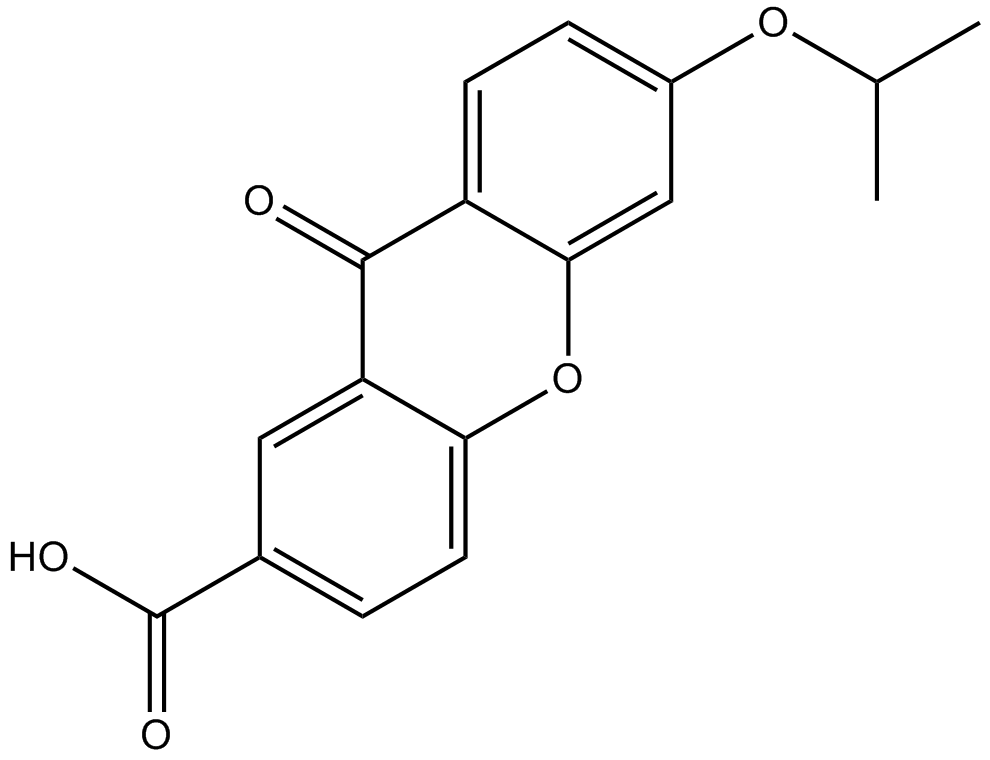 A3147 AH 6809Summary: EP and DP receptor antagonist
A3147 AH 6809Summary: EP and DP receptor antagonist

